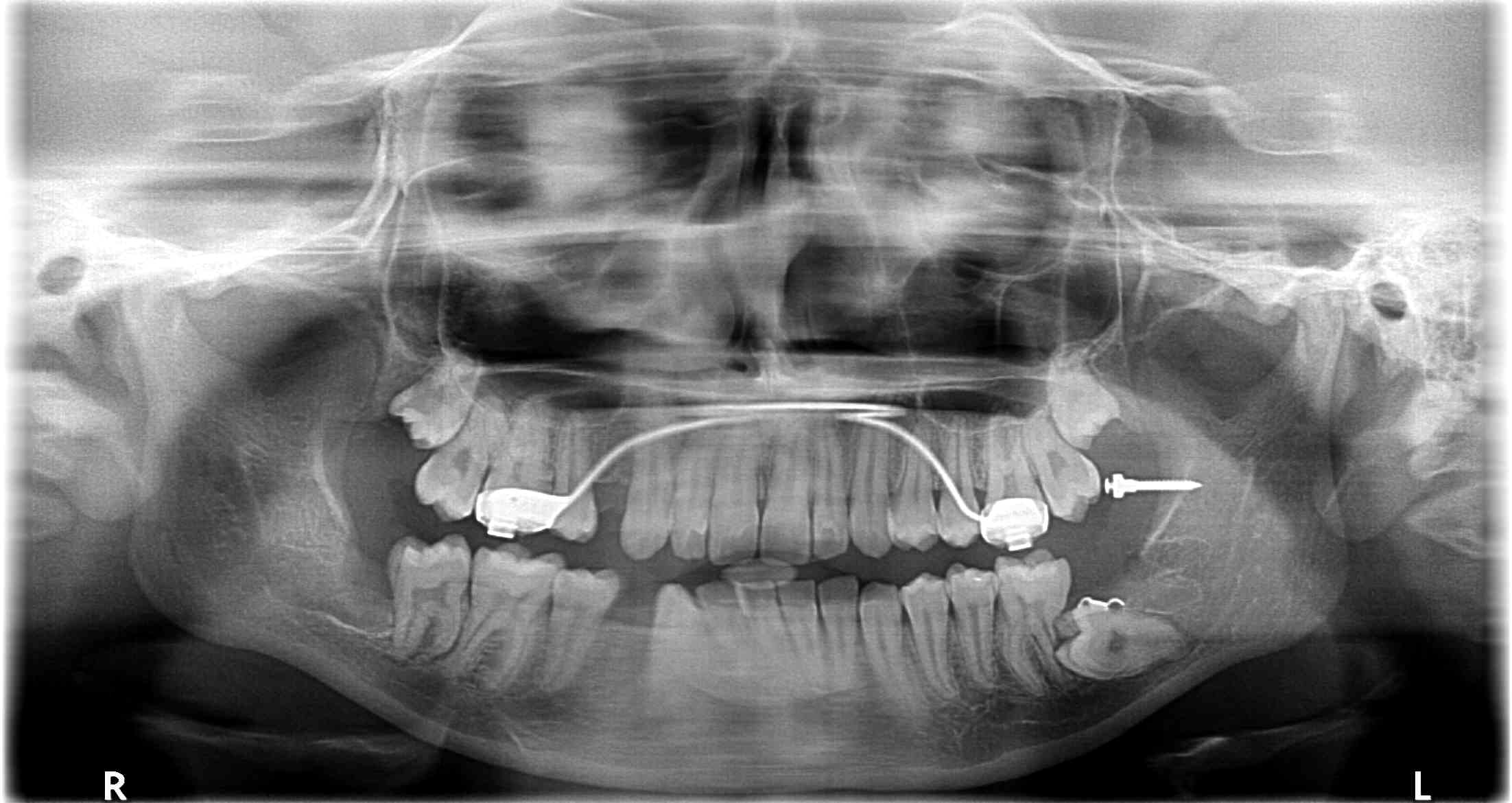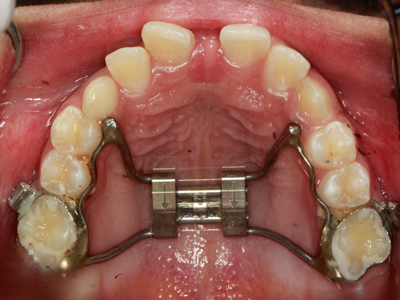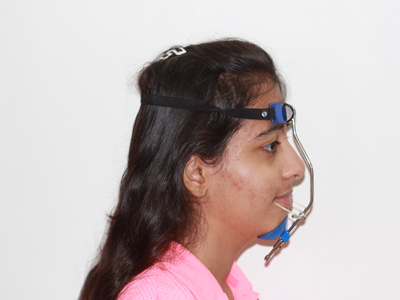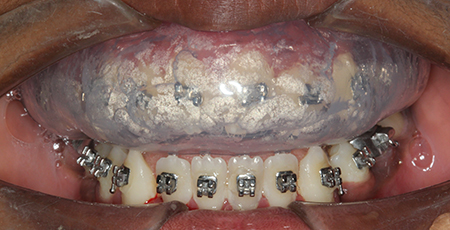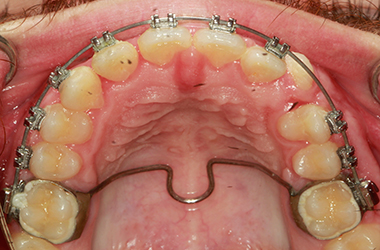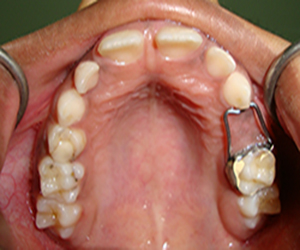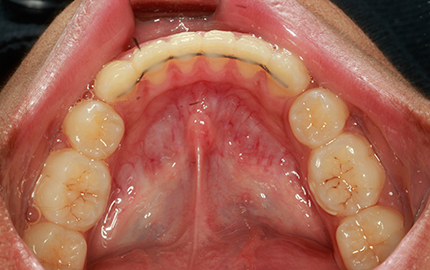Right from the moment braces are put on the teeth, life is as normal as it was except for following instructions. These should be followed religiously through out the duration of the treatment:
- Don’t pull wire or clip & don’t try to adjust the braces on your own. If you have any problem, consult the doctor immediately.
- Brush the teeth in the morning & before going to bed (Brush has to be used on the braces as well). Specialized brush will be prescribed which is able to clean more effectively around the braces.
- Gargle with water after eating anything.
- Don’t eat very hard & sticky food (Chocolates, Cadbury, Coconut, etc.) during the course of the orthodontic treatment. Also, avoid drinking soft drinks during the orthodontic treatment.
SOFT DRINKS
Soft drinks (Coke, Pepsi, Sprite, etc.), fruit drinks (Tropicana- orange juice, etc.), sports drinks (Gatorade, etc.) and energy drinks (Red Bull energy drink, etc.), weaken tooth enamel. Soft drinks contain acids. Acid pulls calcium out of the enamel, making the tooth soft to touch. Acid dissolves tooth enamel, a process called “decalcification,” and can lead to cavities. Tooth enamel begins to dissolve at 5.5 pH. Once enamel dissolves, it does not come back. The loss is permanent. When acid is present along with the sugar in the soft drinks, the damage to the enamel is doubled.
- Avoid soft drinks, especially during orthodontic treatment.
- Drink water and milk.
- Brush and floss as recommended.
- Fluoride strengthens teeth –use fluoride toothpaste.
If you must drink a Soft Drink, following care will help in reduction of tooth damages:
- Drink soft drinks through a straw.
- Have soft drinks with a meal.
- Brush right away after drinking a soft drink; if you can’t brush right away, at least rinse with water.
- Drink the soft drink quickly; avoid sipping over a long period of time – each sip renews the acid attack on teeth
-
Immediately after the braces are put on the teeth, the patient can start eating normal food from the same day & same moment itself (i.e. patient doesn’t have to eat soft food or any special liquid diet on the day when braces are put on the teeth).










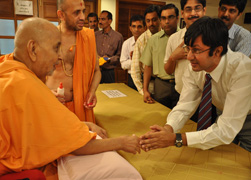
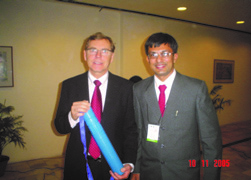
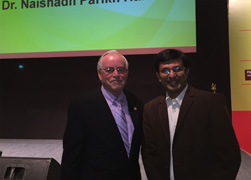
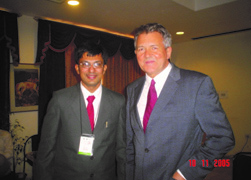
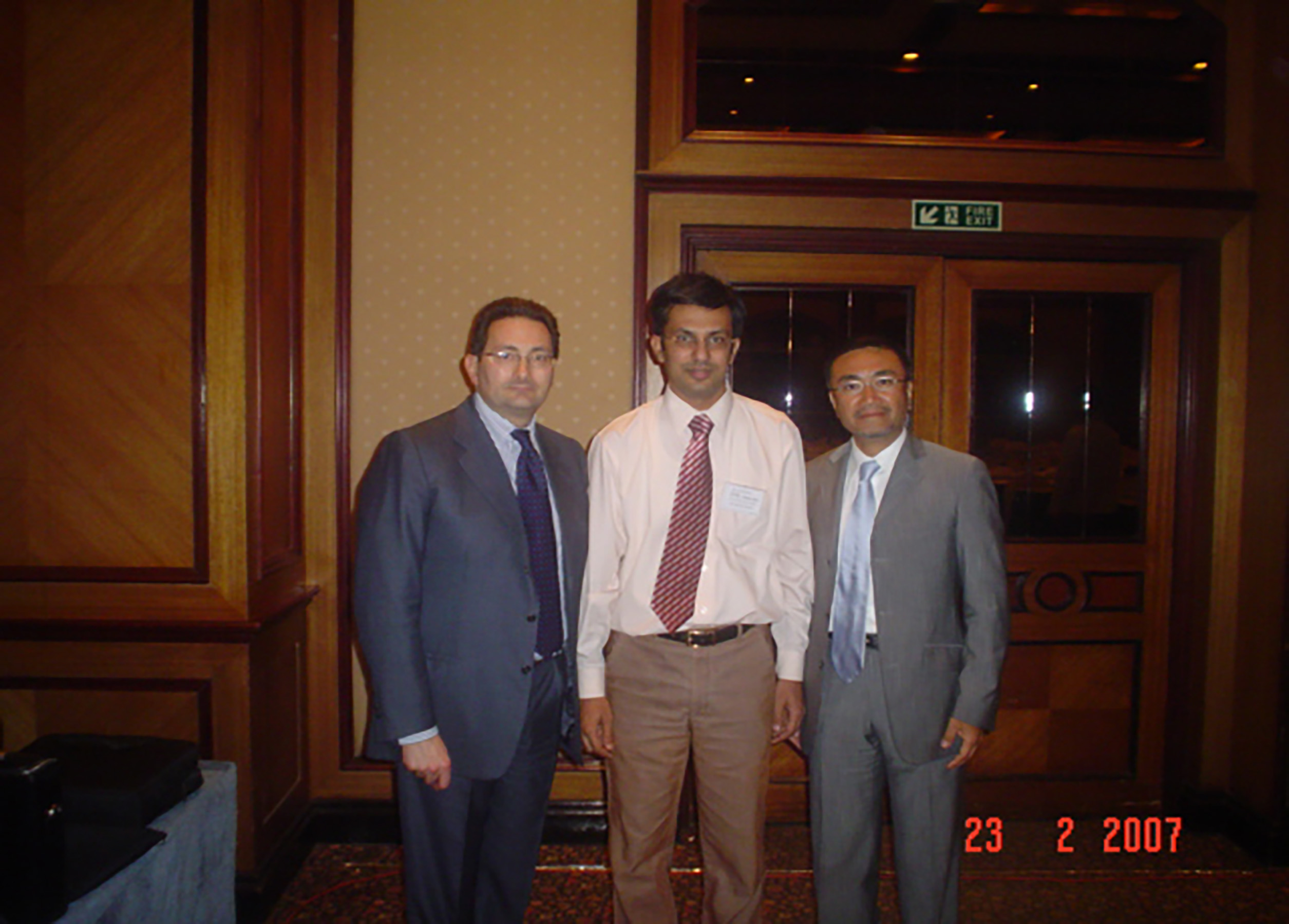
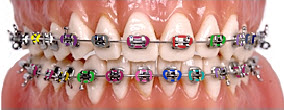
.jpg)


